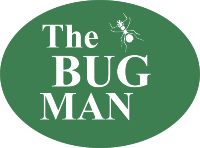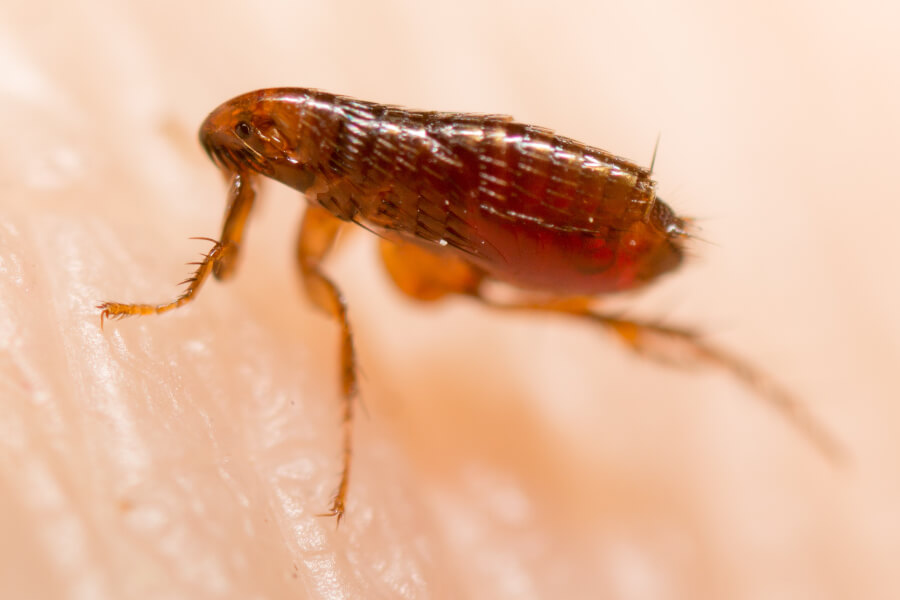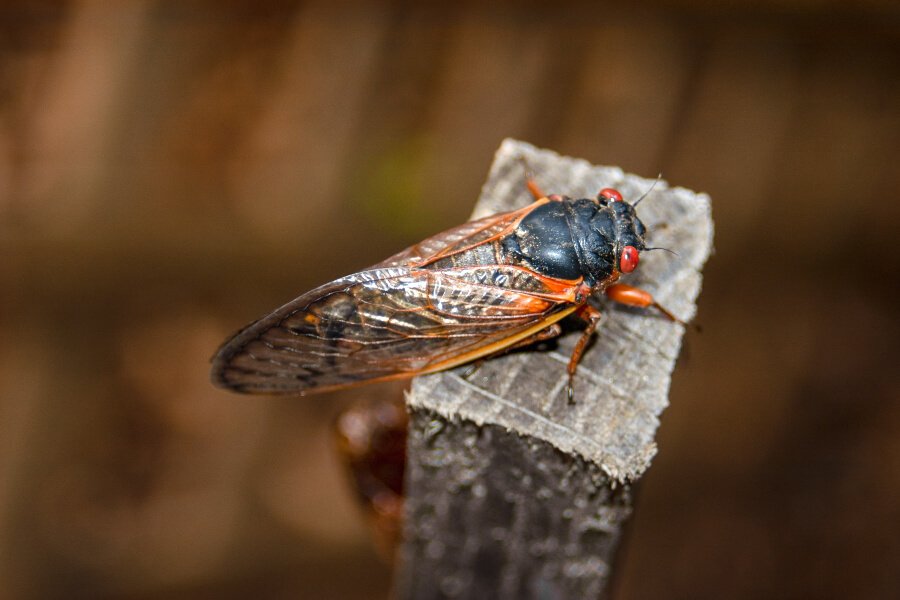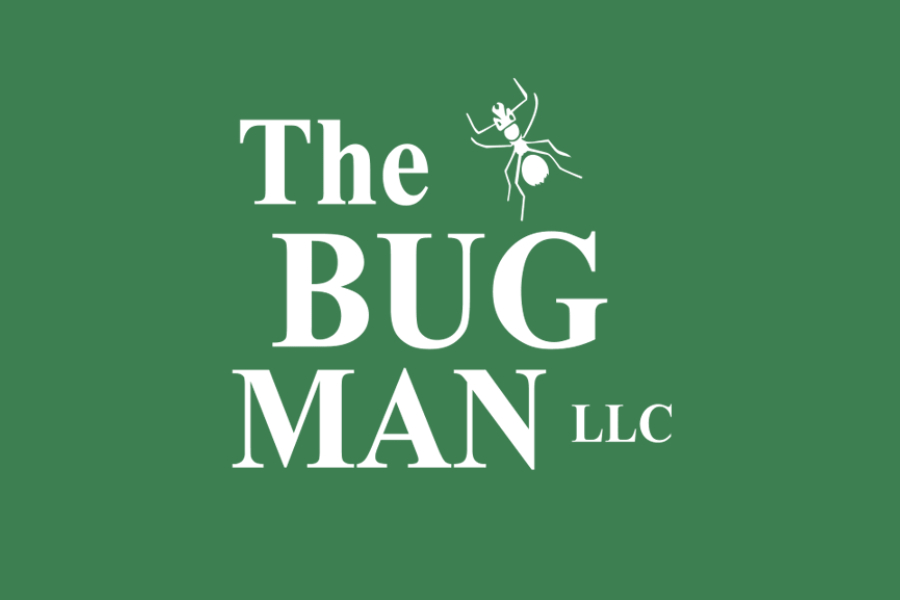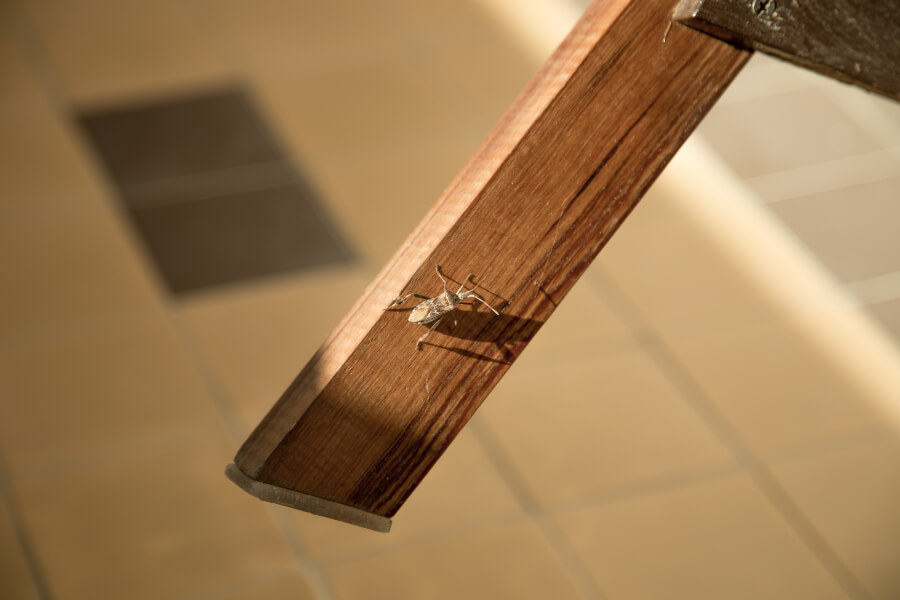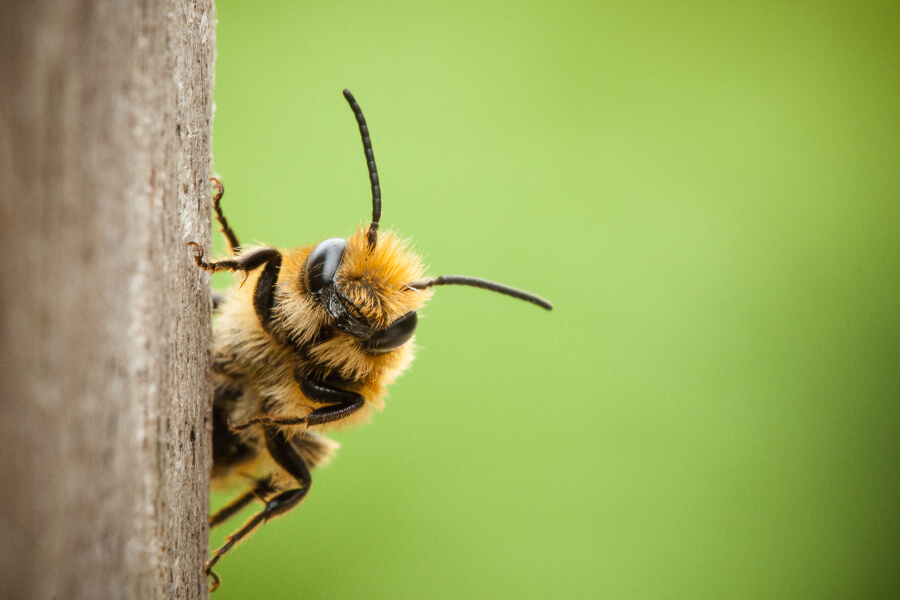Hello. My name’s Lindsay. I do social media stuff for The Bug Man. Nice to meet you. This morning, as I was shuffling around and getting ready for work in my suburban apartment, I discovered a ravenous villain in my bathtub. An evil menace had set out to disrupt my pest-free* pleasantness. Although I work for a pest control company, I don’t have every bug memorized…yet. I’ve learned a lot while working at The Bug Man. I like to call myself an aspiring bug expert, but I’ve got a long ways to go. Some bugs look like other bugs. A few bugs have similar names and traits (i.e. centipede and millipede). Some bugs are different in Tennessee than where I grew up in Nebraska.
So what’s a girl to do when there’s a nasty, unidentified bug in her shower?
She supposed to pick up her smart phone. *nods matter of factly*
Wait! Pick up a smart phone?! You can’t kill a bug with a smartphone! Well, you could, I guess, but it’d be really messy and would gunk up your phone. But you can educate yourself. And you can envision heroic scenarios where someone else (The Bug Man) sweeps in to kill the bug so you don’t have to.
I grabbed my iPhone and opened up the National Pest Management Association (NPMA) app so I could figure out what bug was staring at me from my bathtub.
Through reading descriptions of common household invaders and looking at pictures, I discovered that a centipede had trekked up through the drainpipe to greet me. Now that I knew what bug it was, I somehow felt better. I felt empowered. I was also relieved to remember that the app also has this nifty feature that helps me find a pest professional.
Don’t get me wrong. I know where The Bug Man is located and I know my own office’s phone number. But it was comforting to find us in the list of pest professionals in the area.
I’ve got to admit that I’m a tech geek. And a superhero fan. And I have an active imagination. So I imagined that the NPMA app worked like the perfect weapon to combat the evil centipede. Because I had to kill the bug in order to take a shower, I thought of myself as The Bug Woman, using my new-found knowledge to muster up the guts to bag the bug.
And then, I jumped into The Bug Mobile. I mean…my car. And I drove to work to continue the fight against the injustice of the bugs in the world.
If you have a smart phone, I highly recommend that you download the NPMA app. It’s pretty nifty. And if you’ve got bug issues, call your local superhero: The Bug Man. 🙂
